Trading Community Architecture is a framework that connects multiple trading partners for seamless transactions. It integrates various systems to enhance business efficiency.
Trading Community Architecture (TCA) is crucial for modern businesses. It streamlines interactions between suppliers, customers, and partners. By integrating diverse systems, TCA facilitates smooth data flow and transaction processing. Companies can automate routine tasks, reducing errors and saving time. This framework supports scalability, allowing businesses to grow without compromising efficiency.
TCA enhances visibility, providing real-time insights into trading activities. It ensures compliance with industry standards and regulations. Businesses can optimize supply chain management, improving overall performance. Adopting TCA leads to better collaboration, increased productivity, and higher profitability.
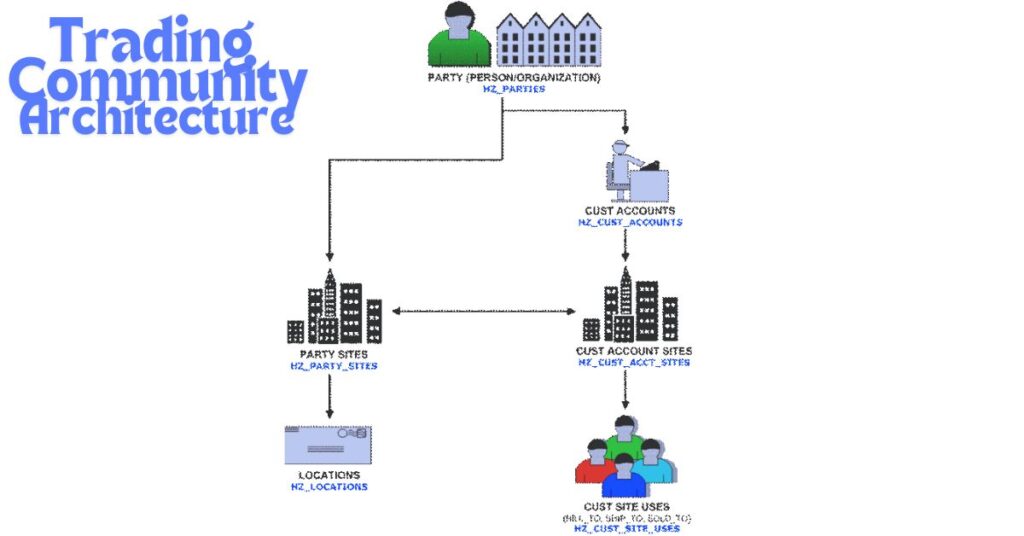
Table of Contents
Introduction To Trading Community
A trading community is a network of businesses and individuals. They work together to buy, sell, and trade goods and services. This community thrives on collaboration and trust.
Importance Of Collaboration
Collaboration is crucial in a trading community. It helps in sharing resources and knowledge. This cooperation leads to better trade opportunities. Effective collaboration reduces costs and increases efficiency. It builds a strong support system among community members. Trust grows, and long-term relationships form.
- Sharing resources
- Knowledge exchange
- Cost reduction
- Increased efficiency
- Trust building
Key Stakeholders
The trading community includes several key stakeholders. Each plays a vital role in the trading process.
| Stakeholder | Role |
|---|---|
| Suppliers | Provide goods and services |
| Buyers | Purchase goods and services |
| Mediators | Facilitate transactions |
| Regulators | Ensure fair trade practices |
Suppliers and buyers are at the core. They exchange goods and services. Mediators help bridge any gaps between them. Regulators ensure everything runs smoothly and fairly.
- Suppliers
- Buyers
- Mediators
- Regulators
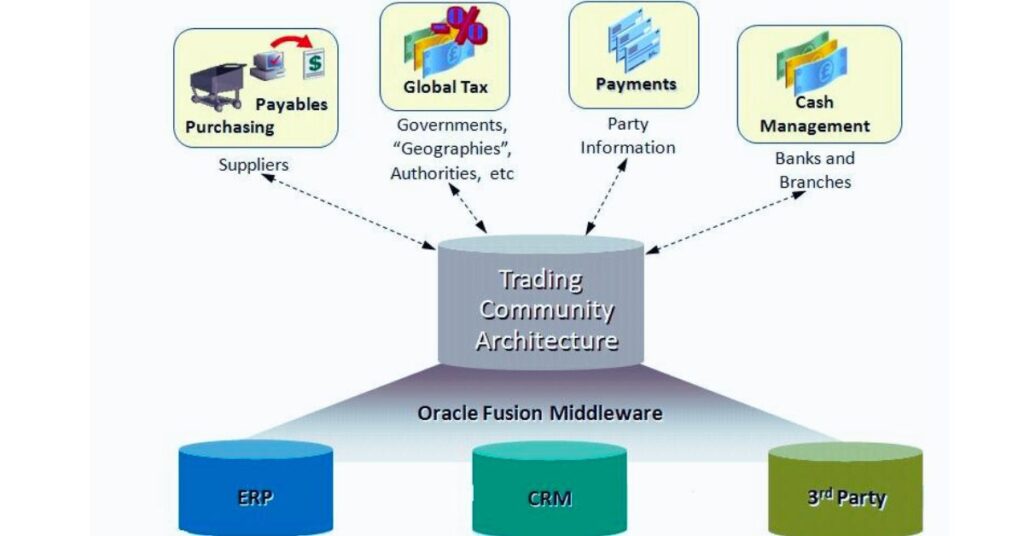
Core Components
The core components of a trading community architecture are crucial. These components ensure smooth operations, security, and reliability. Each part plays a vital role in making the community effective.
Technology Infrastructure
The technology infrastructure is the backbone of the trading community. This includes:
- Servers: Host the community platform and ensure 24/7 availability.
- Databases: Store user data and transaction history securely.
- Networks: Enable fast and secure communication between users.
- APIs: Connect the platform to external services and tools.
A robust technology infrastructure ensures scalability. It handles increased user activity without downtime. The infrastructure must be reliable and efficient.
Security Measures
Security measures protect the trading community from threats. These measures include:
| Security Measure | Description |
|---|---|
| Encryption | Protects data during transmission and storage. |
| Firewalls | Block unauthorized access to the network. |
| Authentication | Ensures only authorized users can access the platform. |
| Monitoring | Tracks unusual activities to prevent breaches. |
Implementing these security measures is essential. They safeguard user information and maintain trust in the community.
Building Trust
Trust forms the foundation of any successful trading community. It’s essential for fostering growth, encouraging participation, and ensuring long-term success. In this section, we will explore key aspects of building trust, including transparent practices and conflict resolution.
Transparent Practices
Transparency is crucial in a trading community. Members need to know how decisions are made and how their actions impact the community. Transparent practices include:
- Clear Rules: Establish clear rules and guidelines for all members.
- Open Communication: Keep lines of communication open and accessible.
- Regular Updates: Provide regular updates on community changes and developments.
Implementing these practices helps build a sense of security and fairness among members.
Conflict Resolution
Conflicts are inevitable in any community. How they are resolved can make or break trust. Effective conflict resolution involves:
- Immediate Response: Address conflicts as soon as they arise.
- Neutral Mediation: Use neutral parties to mediate disputes.
- Clear Procedures: Establish clear procedures for resolving conflicts.
Quick and fair conflict resolution strengthens trust and maintains harmony in the community.
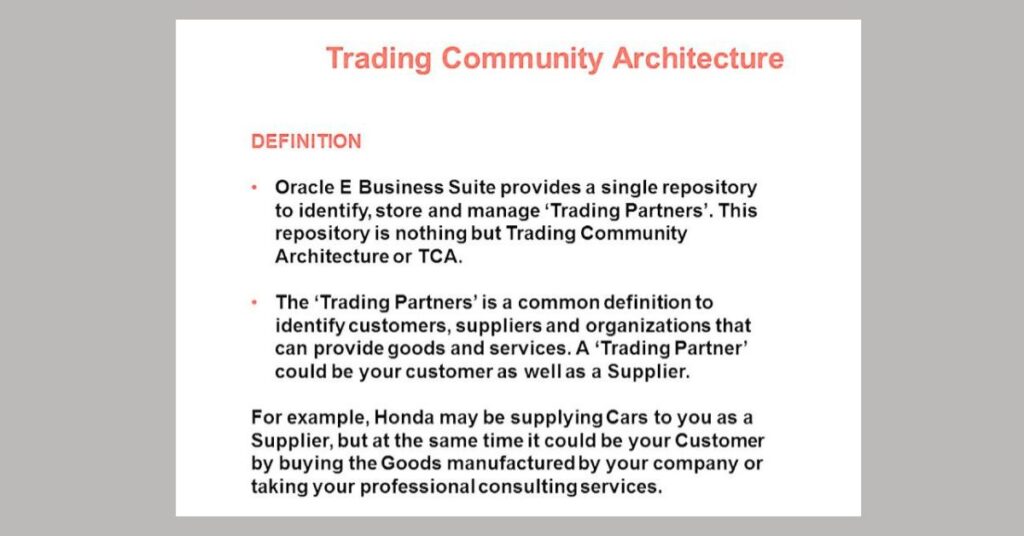
Collaborative Tools
In the dynamic world of trading, collaborative tools play a crucial role. They enhance teamwork and streamline processes. Let’s explore the key components of trading community architecture focusing on communication platforms and data sharing systems.
Communication Platforms
Effective communication platforms keep trading communities connected. They enable instant messaging, video calls, and group chats. These features allow traders to share insights quickly.
Key communication platforms in trading communities include:
- Slack – Offers channels for different topics.
- Microsoft Teams – Integrates with other Microsoft tools.
- Discord – Popular among younger traders.
These platforms support real-time communication and collaboration. They ensure that traders stay informed and make timely decisions.
Data Sharing Systems
Data sharing systems are essential for trading communities. They allow members to share and access crucial data securely.
Here are some common data sharing systems used:
| System | Features |
|---|---|
| Google Drive | Cloud storage, easy sharing, and collaboration. |
| Dropbox | Secure file sharing and synchronization. |
| OneDrive | Seamless integration with Microsoft Office. |
These systems ensure that data is available to all members. They help in making informed trading decisions.
Future Trends
The landscape of trading community architecture is evolving rapidly. Technological advancements and user demands drive this change. Let’s explore the future trends shaping this field.
Ai Integration
Artificial Intelligence (AI) is transforming trading communities. AI can analyze vast amounts of data quickly. This ability helps traders make informed decisions.
Machine learning algorithms predict market trends with high accuracy. These algorithms learn and adapt over time. This ensures better prediction accuracy.
AI-driven chatbots and virtual assistants offer real-time support. They answer queries and provide trading tips. This enhances user experience significantly.
AI also helps in risk management. It identifies potential risks and suggests mitigation strategies. This ensures safer trading environments.
Decentralized Networks
Decentralized networks are becoming popular in trading communities. They remove the need for central authorities. This ensures more transparency and security.
Blockchain technology is a key player here. It provides a secure and transparent record of transactions. This enhances trust among traders.
Decentralized networks also reduce transaction costs. There are no intermediaries involved. This makes trading more cost-effective.
These networks support peer-to-peer trading. Traders can interact directly. This creates a more engaging trading experience.
| Future Trend | Benefits |
|---|---|
| AI Integration | Informed decisions, market trend prediction, real-time support, risk management |
| Decentralized Networks | Transparency, security, reduced transaction costs, peer-to-peer trading |
Frequently Asked Questions
What Is Trading Community Architecture?
Trading Community Architecture (TCA) is a framework for managing trading partners and customer relationships.
Why Is TCA Important In Trading?
TCA centralizes partner data, improving communication, and efficiency, and reducing operational costs.
How Does TCA Benefit Businesses?
TCA enhances data accuracy, streamlines processes, and improves partner collaboration.
What Components Make Up Tca?
TCA includes data models, integration tools, and management frameworks.
How Can TCA Improve Customer Relationships?
TCA provides a unified view of customers, enhancing service and satisfaction.
Conclusion
Building a robust trading community architecture is essential. It fosters collaboration and enhances market efficiency. A well-structured system ensures seamless communication and trust among traders. Embrace technology to optimize trading experiences. Stay updated with trends to maintain a competitive edge.
A strong community architecture leads to sustained growth and success in trading.
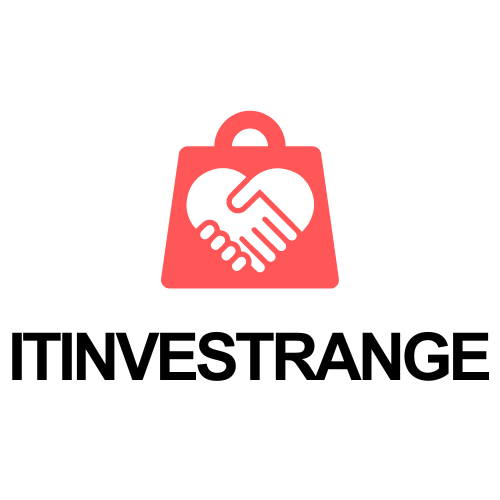
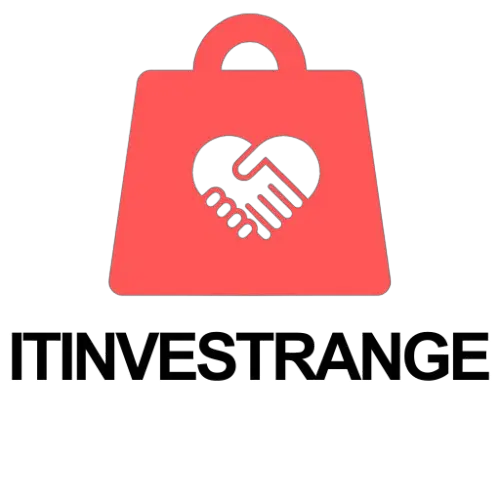




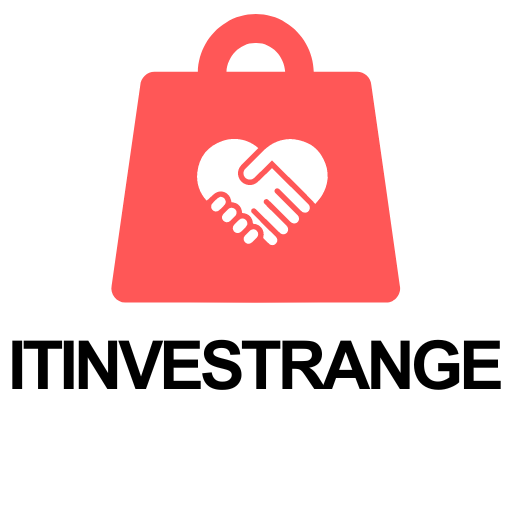
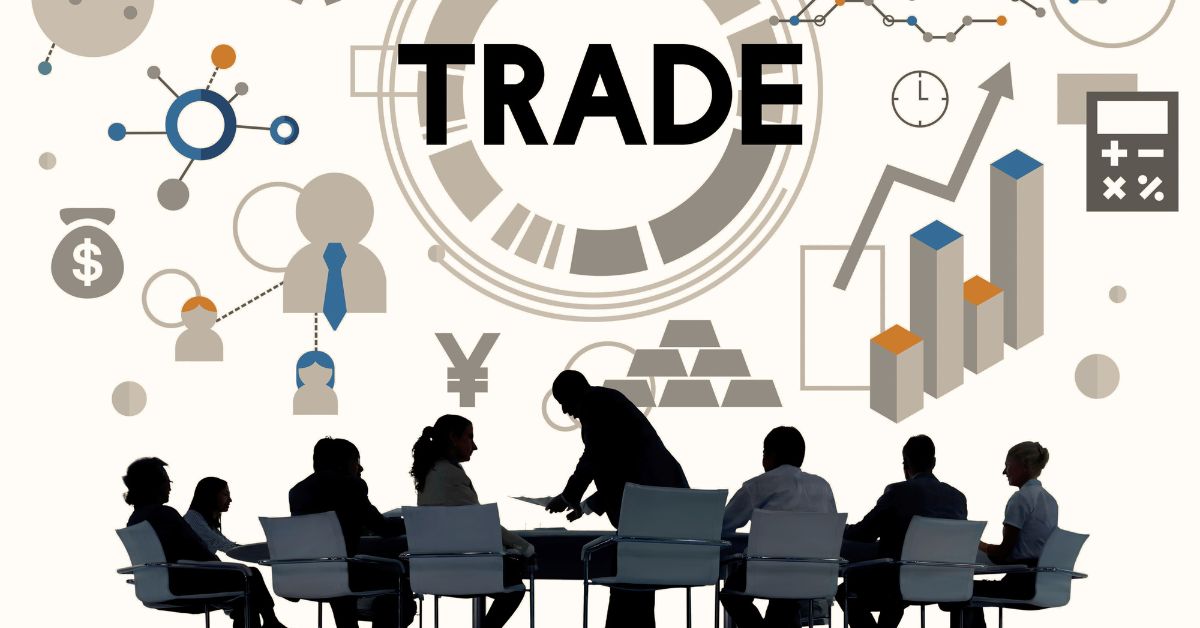





Leave a Reply